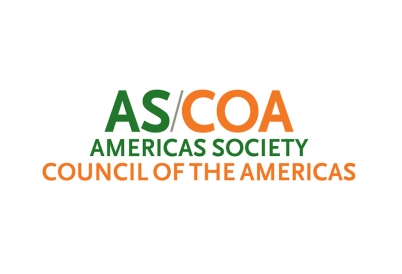North America Hub
North America Hub
This page was last updated on October 1, 2018.
Talks to renegotiate the North American Free Trade Agreement kicked off in August 2017—more than two decades after the deal went into force. The three partners began the modernization process in the face of dramatic changes in the global economy that include new production models, integrated supply chains, technological advances, and a revolution in energy production. As China and other emerging economies rise, North American integration becomes a strategic necessity when it comes to production efficiencies, economies of scale, and comparative advantages.
On September 30, 2018, the three countries came together to agree to the text of a new trilateral pact called the United States-Mexico-Canada Agreement (USMCA).
This portal showcases AS/COA’s programs and activities focused on the evolving North American relationship.
Resources from NAFTA 2.0 negotiations:
- United States: Summary of the Objectives for the NAFTA Renegotiation (released July 17, 2017).
- Mexico: Priorities for NAFTA's modernization (released August 2, 2017).
- Canada: Remarks by Foreign Affairs Minister Chrystia Freeland on core objectives (delivered August 14, 2017)
- NAFTA 2.0 Press Conference: Opening remarks from the launch of negotiations.
- Text of the USMCA, via the Office of the U.S. Trade Representative (released September 30, 2018).
Our work in Washington includes providing congressional testimony, submitting comments on U.S. policies, and supporting U.S. policies on North American trade and energy cooperation.
Council of the Americas joins associations and companies representing millions of American workers in a letter to U.S. secretaries that backs ISDS as part of NAFTA renegotiations.
The negotiations are not a zero-sum game and will require balance, dexterity, and political sincerity, says AS/COA's Eric Farnsworth in testimony before the U.S. Trade Representative Interagency Commission.
In comments submitted to Congress, Council of the Americas strongly supports negotiations to modernize the trade agreement.
The Council strongly supports the HLED process as a means to enhance North America’s global competitiveness and build out broader trade expansion initiatives in the region.
The trade pact proved an economic success, and now should be modernized to boost North American competitiveness, says COA's Eric Farnsworth.
Through publications exploring the importance of North American integration and programs with decision makers focused on the region, our analysis showcases AS/COA efforts to strengthen trilateral ties.
Amid unease over NAFTA timelines, we take a look at how relations with Washington factor into Mexico’s July 1 presidential vote.
Trade between Canada, Mexico, and the United States grew 6.5 percent in 2017, hitting $1.2 trillion.
As TPP members move on without Washington, the consequences of an America First worldview are coming into sharp focus, writes AS/COA’s Eric Farnsworth.
In a speech at the 2017 Latin America Steel Conference in Cancun, AS/COA's Eric Farnsworth outlined the Western Hemisphere's changing trade landscape in the Trump era.
A prevailing mood of suspicion could prove fatal for the trade deal.
NAFTA constitutes an anchor of stability, which is key both for internal confidence and attracting foreign investment, writes COMEXI's Luis Rubio.
Victor Herrera, former Mexico City office head for S&P’s Global Ratings, spells out what’s in store for Mexico—from elections to NAFTA talks.
Despite the discordant opening round, NAFTA negotiations need not end badly, write COA’s Trade Advisory Group Co-Chairs Jose W. Fernandez and Christopher Padilla for The Hill.
The rise in remittances is putting more pesos in Mexicans’ pockets.
In an interview with Forbes.com, the COA vice president lays out sticking points for the renegotiation process.























